February 11-17, 2024
Wild Swings
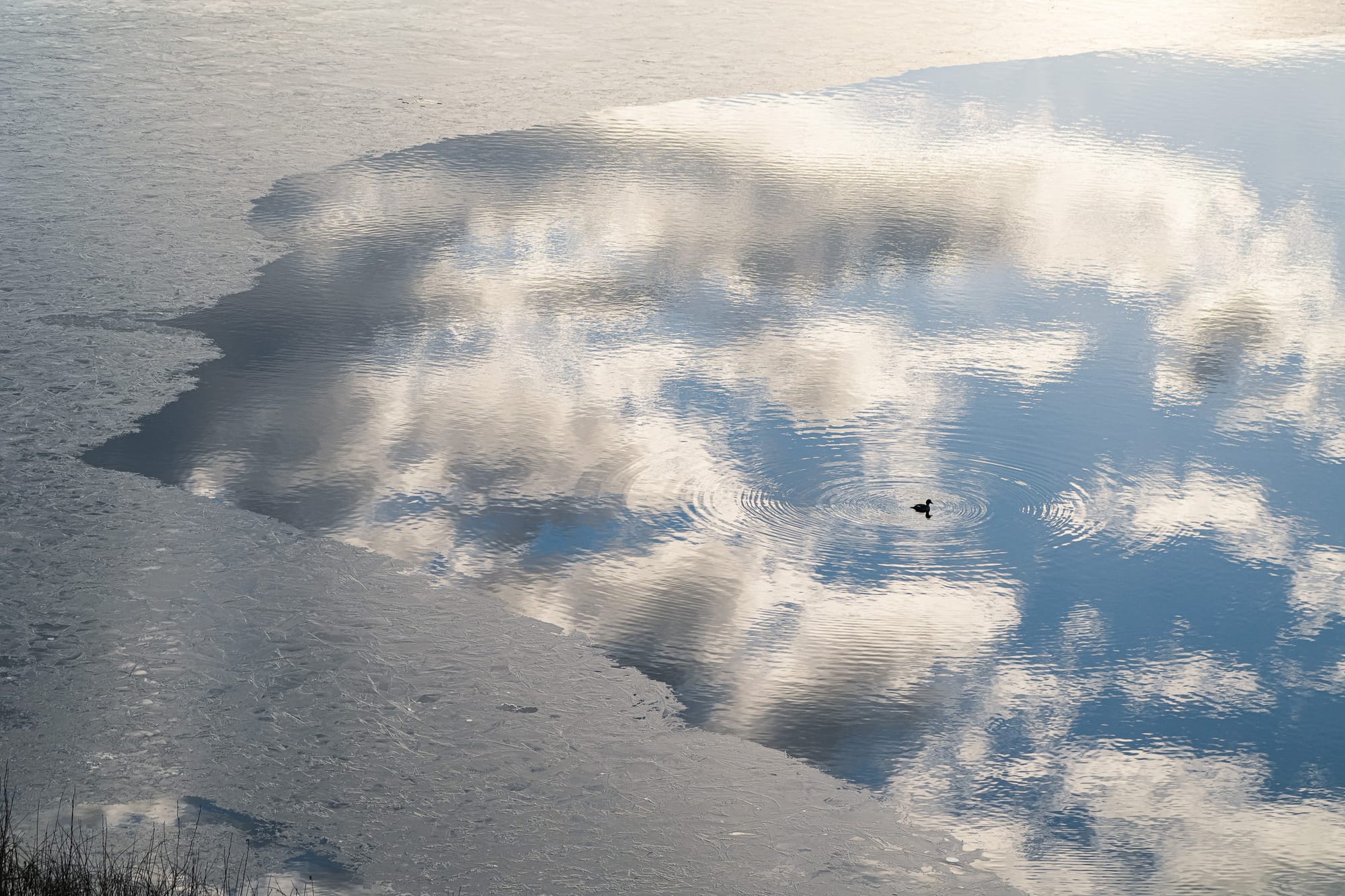
It's been a wild week, swinging from unseasonably warm, sunny days to snowfall and temperatures in the twenties a day later.


Week in Review
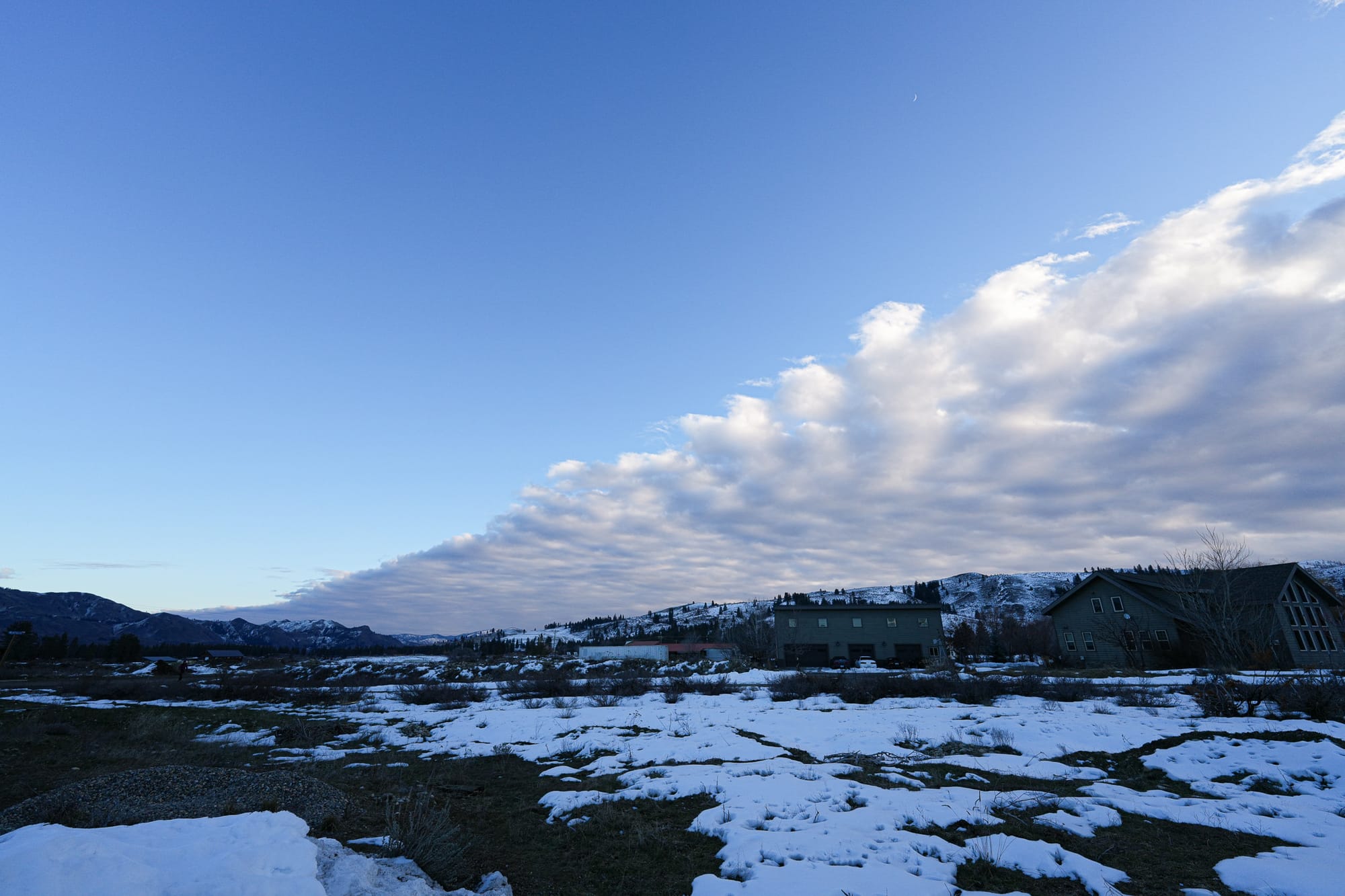
Is it possible that we're seeing a subtle shift in animal activity around the Methow Valley, or are folks just getting out and seeing more animals?
It seems like there have been more wildlife observations recently and my favorite observation this week was a report of two moose crossing a shrubby hillside near the Chewuch River. Moose spend their winters in willow thickets near rivers, but they also need to cross open areas to reach new sites and I wonder if this is a seasonal behavior.
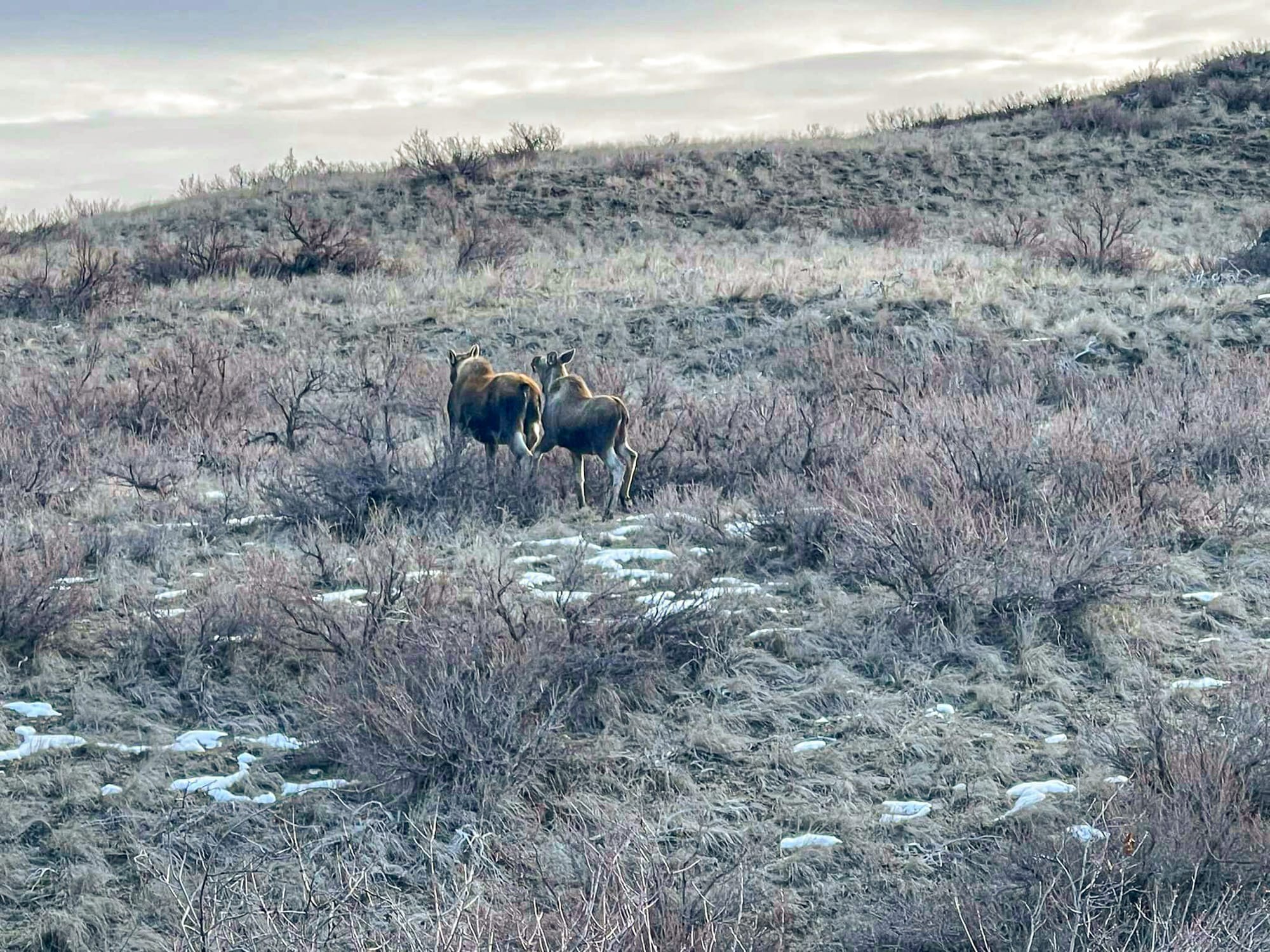
Our small birds haven't started breeding yet, but larger birds like owls and raptors typically begin breeding early because their babies take longer to grow up and these babies need extra time to become proficient hunters before next winter. In fact, great horned owls begin nesting earlier than any other bird. They should already be sitting on eggs, but no one has reported any active nests yet.
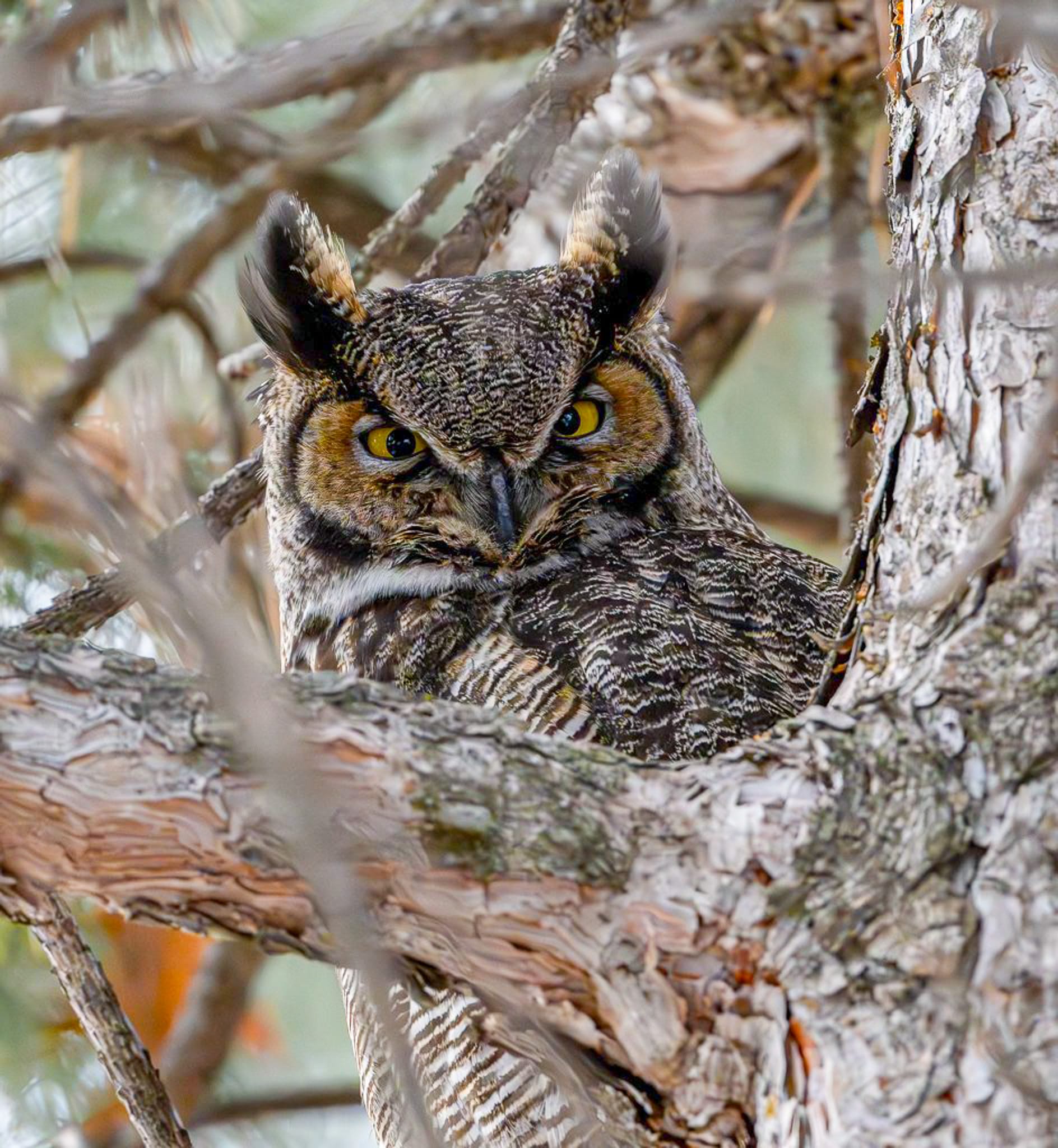
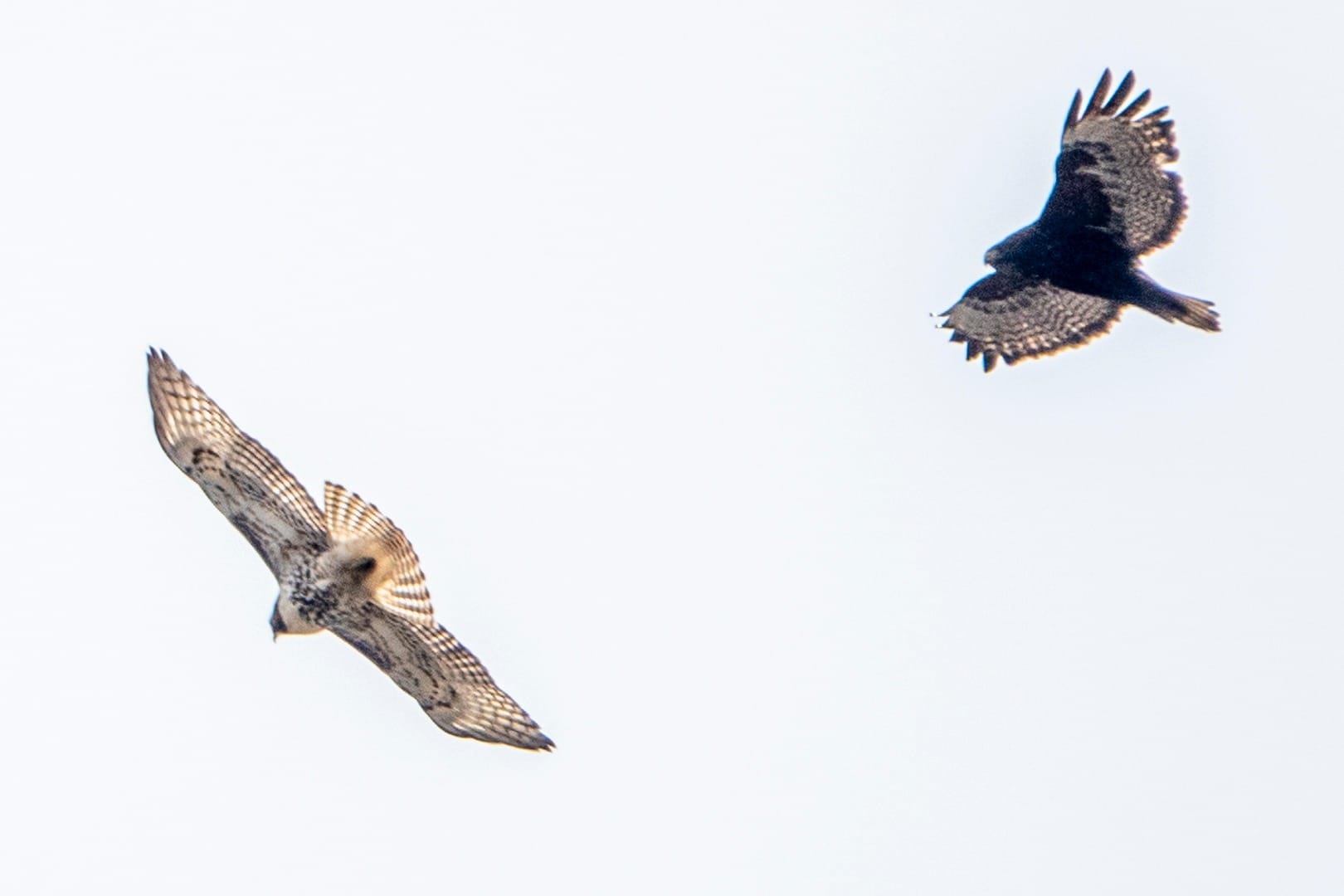
The only other change in bird activity that I've noticed was the arrival of a bigger group of dark-eyed juncos in my yard on February 14th. I've seen a few juncos throughout the winter, and perhaps other people have had them in their yard all winter, but very soon there's going to be a noticeable influx of juncos as they arrive in the valley and wait for nesting areas in the mountains to open up.
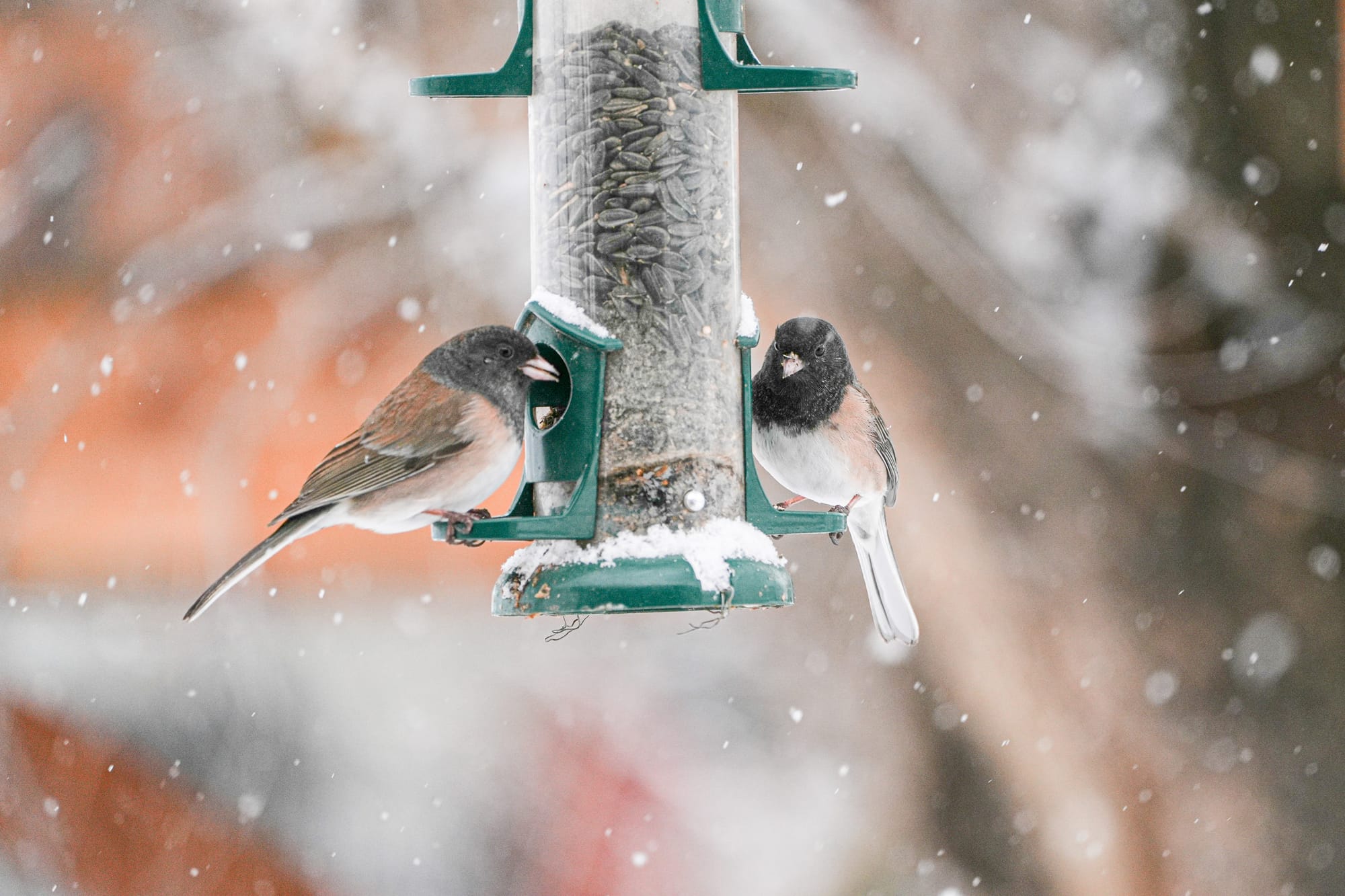
It was also interesting that another hybrid red shafted x yellow-shafted flicker was reported this week. The coloration on this bird's head appears to be different than the bird I posted three weeks ago (see the January 21-27 newsletter), so it's possible that we have at least two of these hybrid birds in the valley right now.
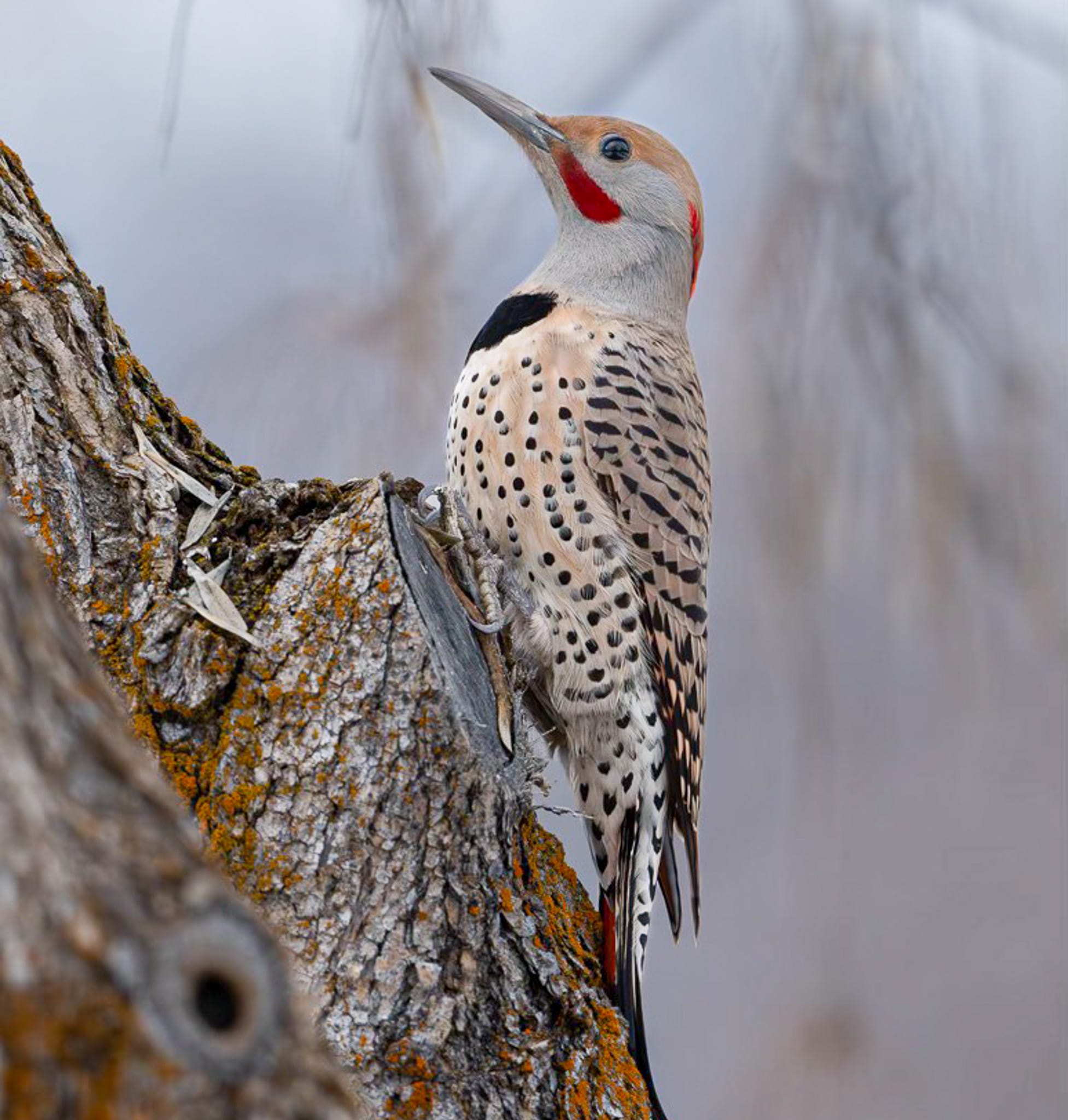
Observation of the Week: Say's Phoebe
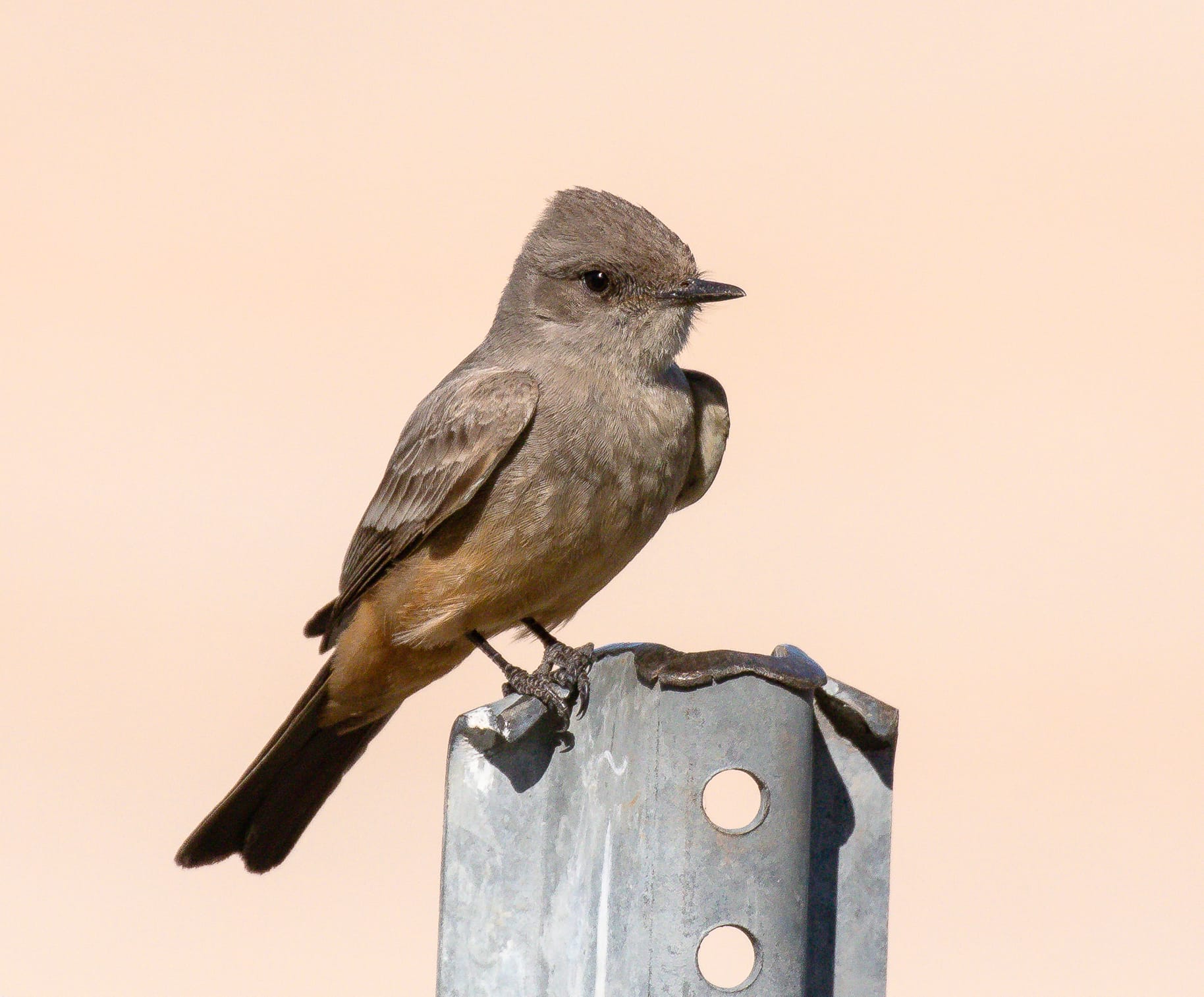
Each spring, many folks in the valley eagerly await the arrival of the remarkable Say's phoebe. These energetic, cheery birds are the first migrating birds to arrive in the Methow Valley and it's a delight to hear their bright pee-eur vocalizations filling the air again.
Say's phoebe typically arrive the second half of February to early March, but some years they arrive in early February. This year the first phoebe was reported in Twisp on February 12th, and there might have been one present on January 31.
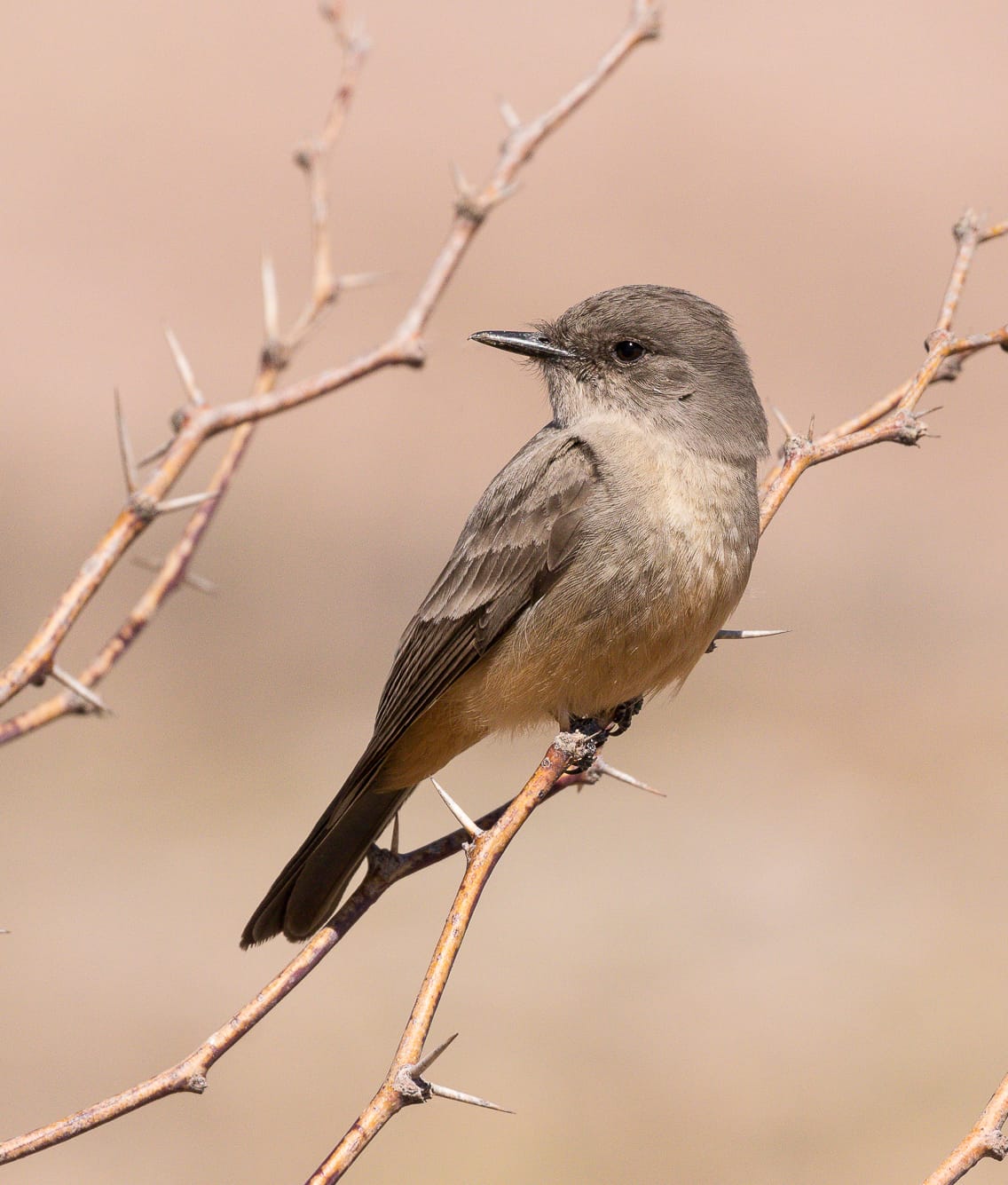
One of the things that's remarkable about these birds is that they are flycatchers, and it can be extremely hard to find insects to eat while it's still snowy and icy outside. The first ones to arrive definitely take their chances because they might have a few days of perfect weather followed by more winter storms.
A couple years ago, the Say's phoebes that arrived in early March were caught in an unexpected stretch of cold snowstorms. I remember being really worried about how they were going to find food, but then I discovered that half a dozen were gathered at the edge of open water at Big Twin Lake, catching insects hatching from the water and doing fine.
Thank goodness for resourceful animals!
Short video clip of Say's phoebe hunting in a snowstorm at Big Twin Lake

